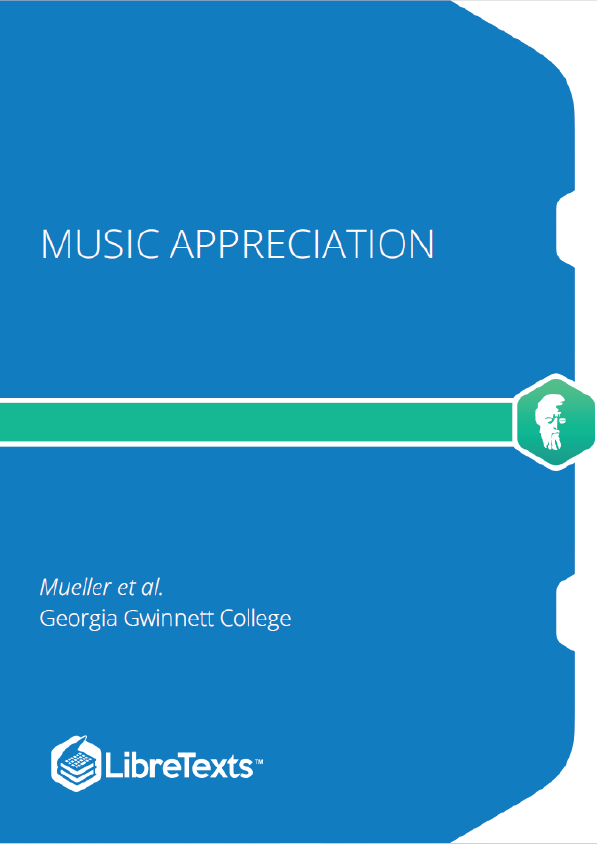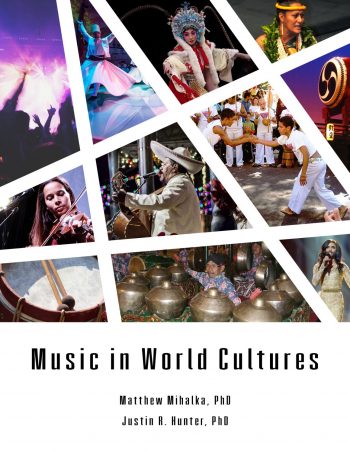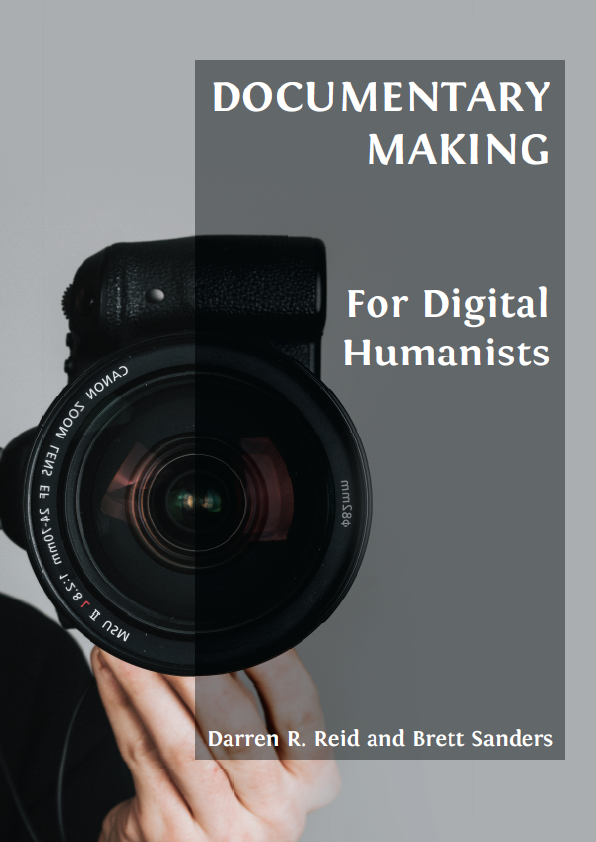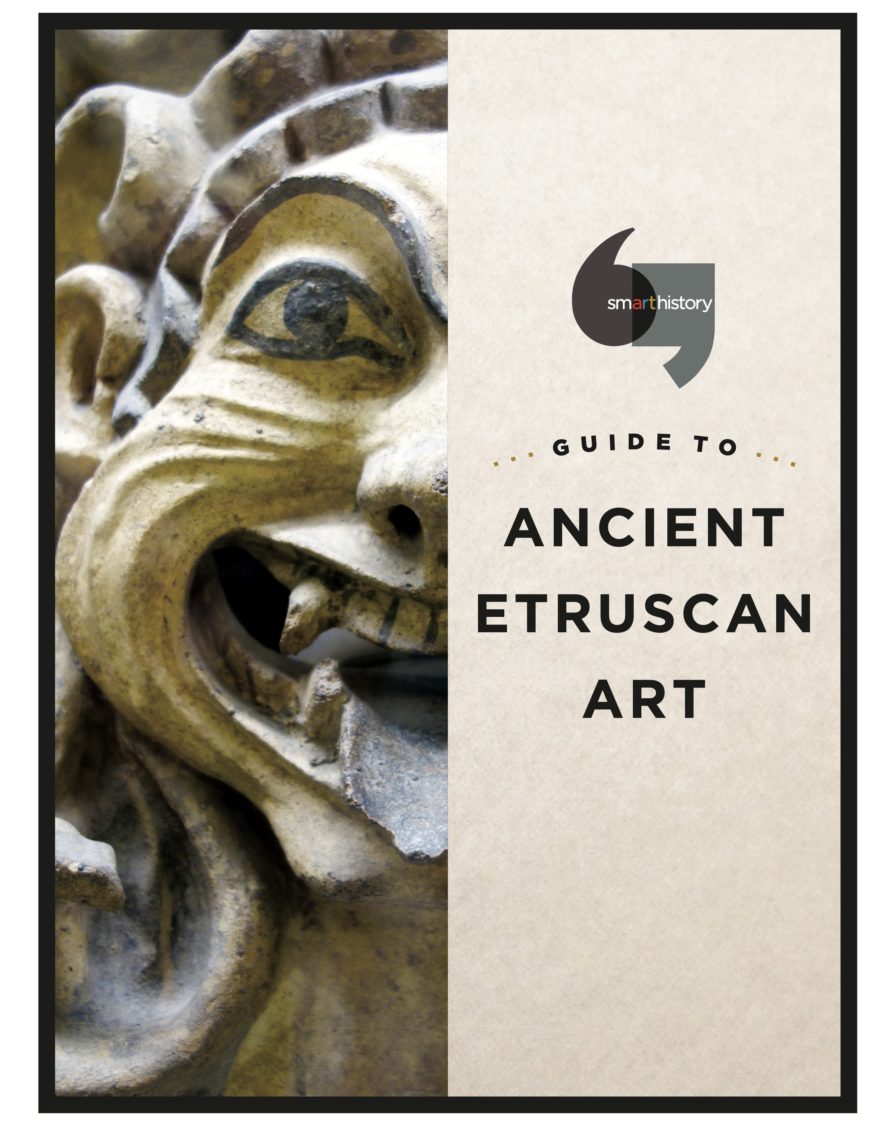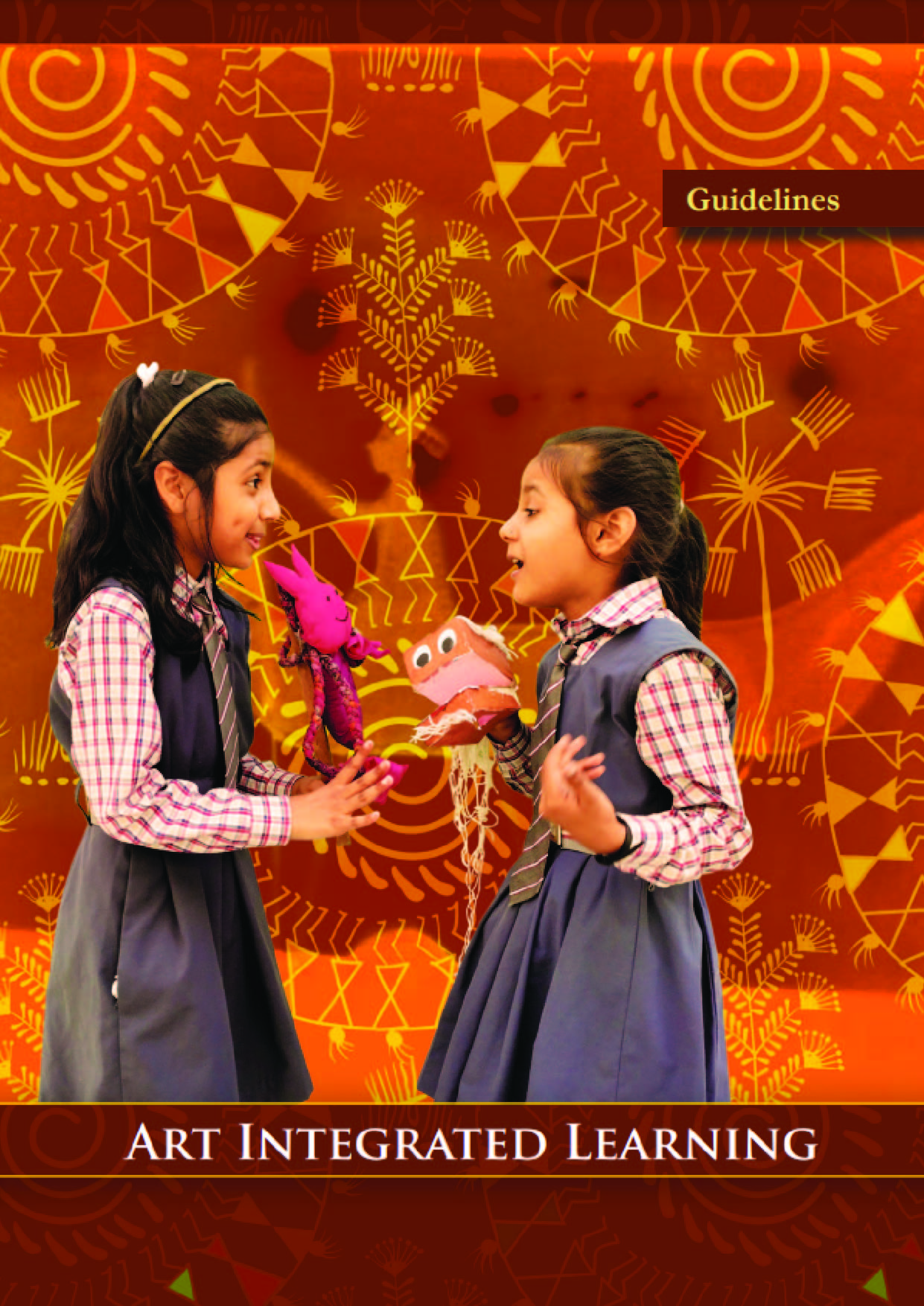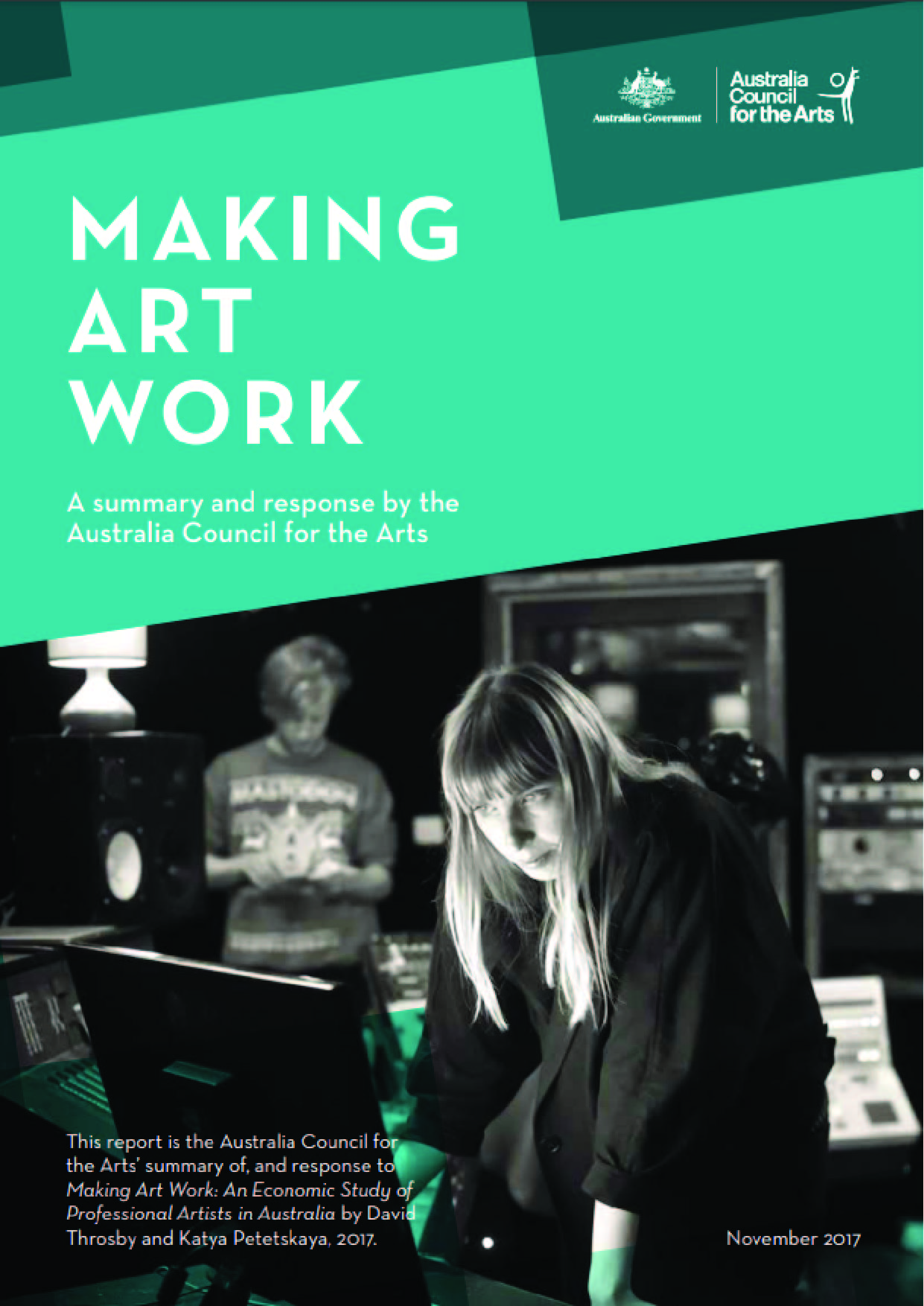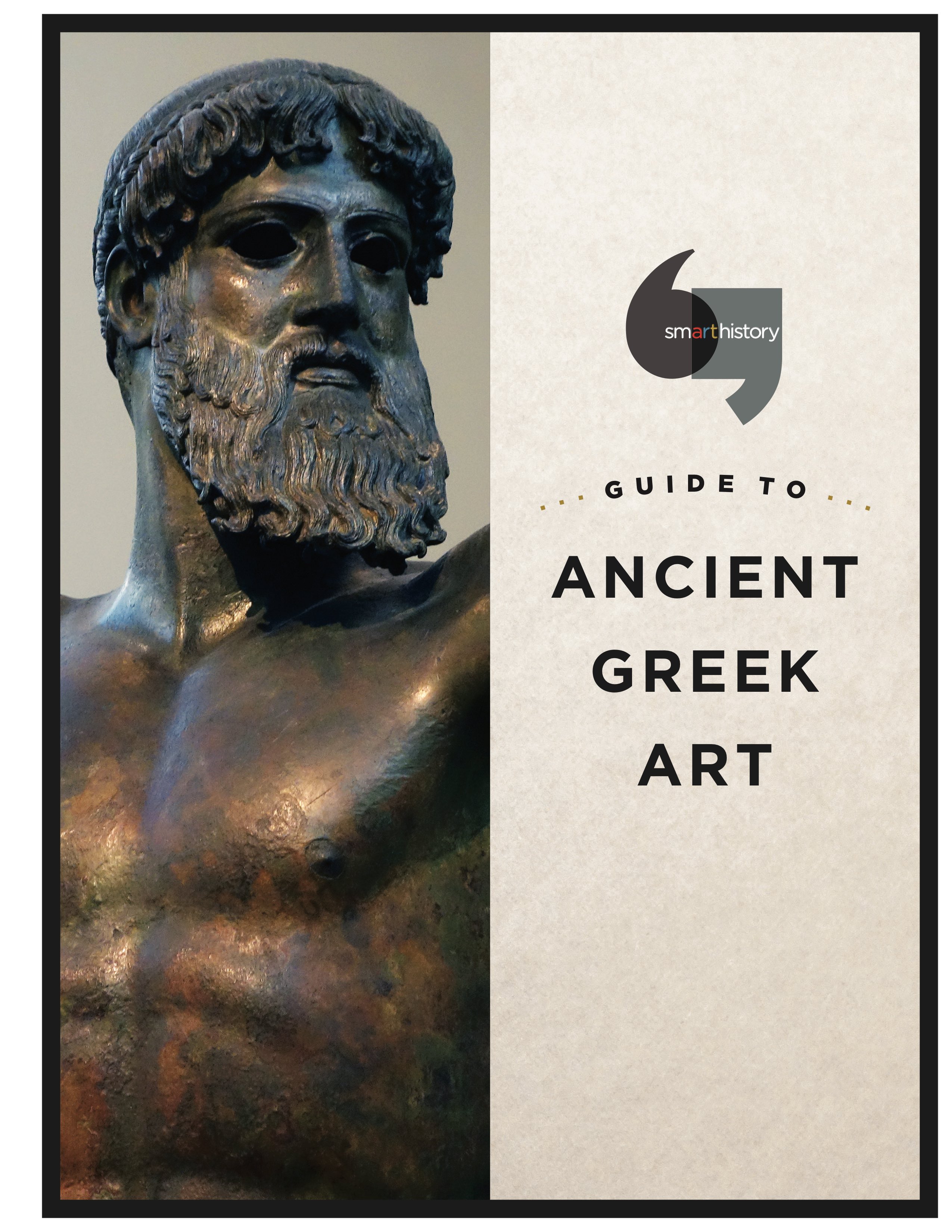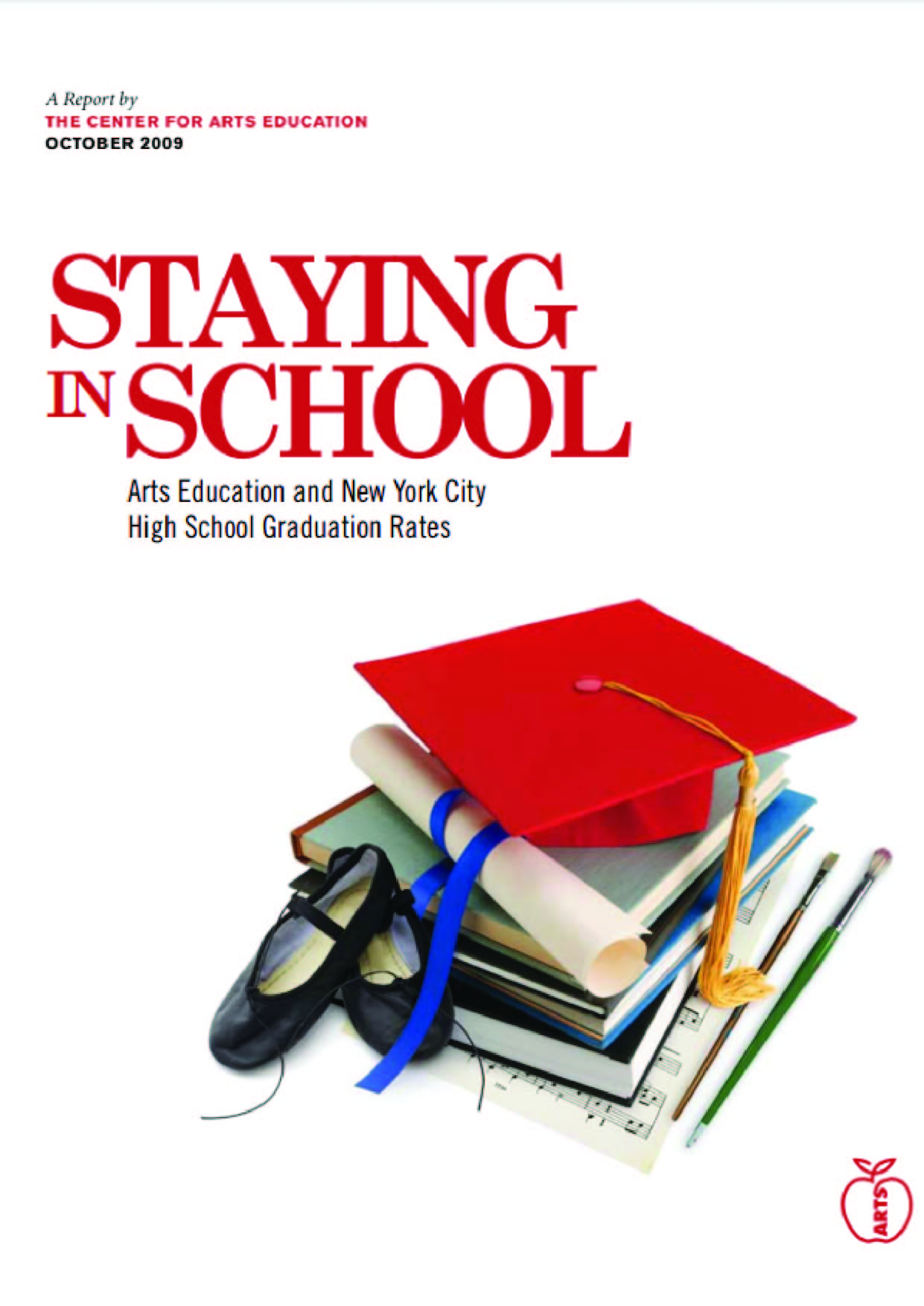In order to gain an appreciation for music we must first define what “music” is. Picture a concert hall with a grand piano sitting in the center of the stage. The pianist enters the stage dressed in formal clothes typical of a Western Art musical performance. The audience acknowledges the performer who sits at the piano, opens a sheet of music and then waits for the audience to settle. To begin the piece the pianist starts a silent timer that only he/she can see. The pianist then sits while listening, not playing a note on the piano. This takes place for 4 minutes and 33 seconds until the timer indicates the end of the piece. The pianist then takes a bow (hopefully to applause) and leaves the stage. John Cage wrote his seminal work 4’33” to highlight that all noise could be music. His philosophies were grounded in the concepts and teachings of Zen Buddhism. Is it inappropriate to call the ambient sounds of the space that one is in music? If it is music to someone, then it is music.
Now imagine someone you know who is so sure that the music that they listen to is “real music” that they discount all unfamiliar musical styles, genres, and artists. Growing up in the American South I knew many people who listened to Country music. In the late 1980’s and 1990’s rap music and hip-hop culture had escaped from the boroughs of New York and was appreciated by audiences in a majority of communities across the USA. On more than one occasion I heard a young country music enthusiast rail against rap music. The situation was also reversible. Just as many rap fans would rail against country music. The criticism that they had in common was that, “It all sounds the same.” They might follow that with, “I like music that means something.” Music does mean something to those who like it. Just like 4’33”meant something to John Cage and to millions who have enjoyed it both aurally and philosophically.
There are many ways that humans express themselves through sound. The examples above demonstrate the breadth of musical possibilities within one culture. Now multiply this by the varieties of musical expression found throughout the world’s cultures and throughout history. It is hard to think of all of the possibilities and to believe that one could “appreciate” them all. Do you know why Gamelan is important to those who make it? Do you know what it feels like to “be in the moment” at a Hindustani musical concert? Do you know the feeling of turning off your conscious thought during an uplifting praise and worship song or at an Electronic Dance Music (EDM) festival? It is important to try to find out why others appreciate music before passing an aesthetic judgment.
